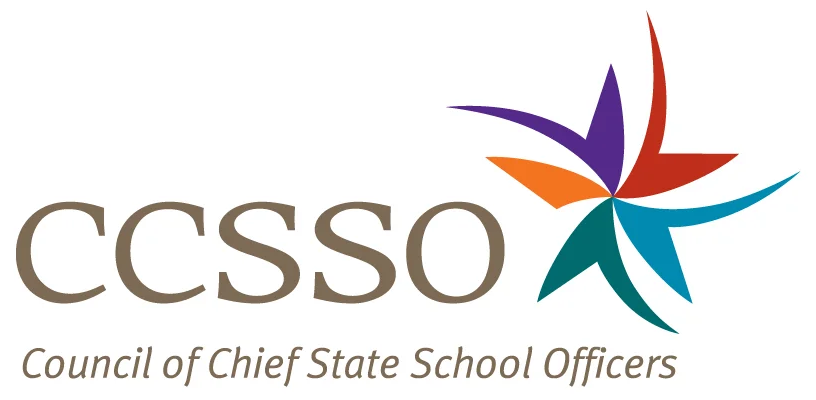How States are using ESSER Funding to Support Students with Disabilities
The pandemic exacerbated inequities for many students, including those with disabilities. The number of students receiving Individuals with Disabilities Education Act (IDEA) services in schools dropped from 7.3 million in 2019-2020 to 7.2 million in 2020-2021 — the first year-over-year decline since 2011-2012. Across the 50 states and District of Columbia in 2022-23, students with disabilities ranged from 12 percent to 21 percent of total public-school enrollment.
Understanding the impact the pandemic had on this population of students, it became critical for stakeholders and policymakers to seek ways to help students with disabilities bounce back and even exceed previous results. Thanks to Elementary and Secondary School Emergency Relief (ESSER) funding, schools, educators and education agencies, rather than return to business as usual, are working on ways to assist families of special education students, close learning gaps and provide training and pathways to hire more teachers with the requisite skills to effectively support students with disabilities. While Congress allocated relief funding for IDEA through the American Rescue Plan Act (ARPA), many states were committed to using their state set-aside funding through ESSER to support students with disabilities.
The District of Columbia’s Office of the State Superintendent of Education invested $1.5 million of ARPA funding over three years into launching the DC Special Education Hub. Housed within the D.C. Office of the Ombudsman for Public Education, the Hub provides plain-language, multilingual resources and one-on-one assistance for students with disabilities, helping families and students with disabilities make informed decisions about their own learning.
Connecticut invested close to $18 million in ESSER funds to support 170 school districts delivering special education services to more than 80,000 students. Four main initiatives, coordinated by the Connecticut State Department of Education’s Bureau of Special Education, were deployed starting in the 2021-22 school year. The initiatives include addressing delayed or interrupted individual education plan (IEP) supports and services, special education evaluations, supplementary tutoring and reading instruction and individualized in-home support for high-needs students. Since the inception, the grants have expanded access to services for even more students in Connecticut.
In addition to assisting students and families navigate support services, states have also invested ESSER funds to support students with disabilities in identifying career pathways and professional and educational development opportunities.
The Kentucky Department of Education’s Office of Special Education and Early Learning collaborated with the Kentucky Office of Vocational Rehabilitation to support postsecondary transitions for students with disabilities. Leveraging American Rescue Plan ESSER III funds, initiatives focus on college and career readiness, student support, competitive grants and school leader development. These efforts include resources for career and technical education for students with disabilities, innovative projects engaging LEAs, community and employment organizations, student scholarships for postsecondary opportunities, and competitive grants through the state’s Special Education Regional Technical Assistance Centers.
North Dakota designed an educator pathway for high school students interested in becoming educators, including special education instructors after graduating. The North Dakota Department of Public Instruction (NDDPI) Office of Specially Designed Services is using ESSER funds to increase the number of students entering the education field. The NDDPI Office of Specially Designed Services will pay for college application fees, dual credit fees and books and materials for students taking the dual credit coursework through the Educator Pathway program. The pathway program consists of five classes, including a 40-hour special education field experience related to a disability category of choosing.
These various priorities for students with disabilities were made possible through the historic ESSER funding provided by the federal government. CCSSO is sharing these examples of important work states are doing for their diverse student needs. For more information on how states have invested their ESSER set-aside funds, click here.
